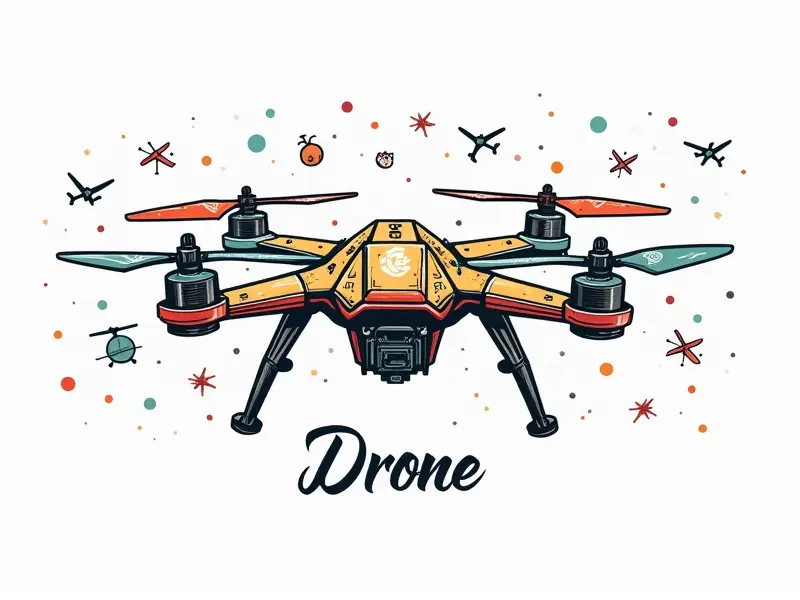How does drone AI work?

How Drone AI Takes Flight
The integration of artificial intelligence (AI) into drone technology has revolutionized the way drones operate and interact with their environment. This article delves into how drone AI works, exploring its capabilities, key components, and future prospects.
Inside Drone AI Technology
Drone AI encompasses a range of technologies including machine learning, computer vision, and natural language processing. These technologies enable drones to perform complex tasks autonomously, such as navigation, object detection, and data analysis.
Understanding Drone AI Capabilities
- Navigational Intelligence: Drones equipped with AI can navigate through GPS signals, terrain mapping, and obstacle avoidance systems. They use algorithms to determine the safest and most efficient routes for flight.
- Data Collection & Analysis: Advanced sensors and cameras capture high-resolution images and videos that are processed by onboard AI systems to extract valuable data such as crop health, infrastructure inspection results, or environmental monitoring insights.
Secrets Behind Smart Drones
The secret behind smart drones lies in their ability to learn from vast datasets. Machine learning algorithms enable drones to recognize patterns and make decisions based on real-time data inputs. This capability is crucial for tasks like precision agriculture, where drones can identify crop stress and recommend targeted interventions.
AI in Drone Autopilot Systems
Autopilot systems are a cornerstone of drone AI technology. These systems use sophisticated algorithms to control the drone's flight path, speed, altitude, and orientation. They also handle emergency situations like automatic landing or avoidance maneuvers when encountering obstacles.
The Future of Drone AI
The future is bright for drone AI as advancements in technology continue to push boundaries. Innovations such as swarm intelligence, where multiple drones work together as a cohesive unit, and enhanced real-time data processing capabilities will further expand the utility of drones across various industries.
Unveiling the Intelligence in Drones
The intelligence embedded within drones is multifaceted. From recognizing objects to predicting weather patterns, AI-driven drones are becoming increasingly adept at handling complex tasks with minimal human intervention. This evolution underscores the potential for drones to become indispensable tools in sectors ranging from logistics and security to environmental conservation.
How AI Enhances Drone Performance
A key aspect of drone AI is its ability to optimize performance through continuous learning and adaptation. By analyzing flight data, drones can improve their efficiency over time, reducing energy consumption and increasing operational range. This not only enhances the reliability of drones but also extends their utility in demanding environments.
Exploring Drone AI Capabilities
The capabilities of drone AI extend beyond basic navigation to include advanced features like predictive maintenance, where drones can detect potential mechanical issues before they become critical. Additionally, drones with AI can perform real-time analysis and provide actionable insights for decision-makers in various fields.
Decoding Drone AI: Key Components & Processes
To understand how drone AI works, it's essential to break down its key components:
- Sensors and Cameras: Capture environmental data necessary for processing.
- Data Processing Units (DPUs): Handle real-time analysis of sensor inputs.
- Machine Learning Models: Enable pattern recognition and decision-making based on collected data.
- Communication Systems: Facilitate seamless interaction between drones and ground control stations.
Breaking Down Drone AI for Beginners
For those new to drone AI, it's important to grasp the basics. Start by understanding how sensors collect data, which is then processed using machine learning algorithms. This process enables drones to make informed decisions and perform tasks autonomously.
Conclusion
The integration of artificial intelligence into drone technology has opened up a world of possibilities for autonomous flight and data collection. From advanced navigation systems to predictive maintenance capabilities, the future of drone AI promises greater efficiency, reliability, and utility across various industries. As technology continues to evolve, drones will become even more intelligent, capable, and integral to our daily lives.

